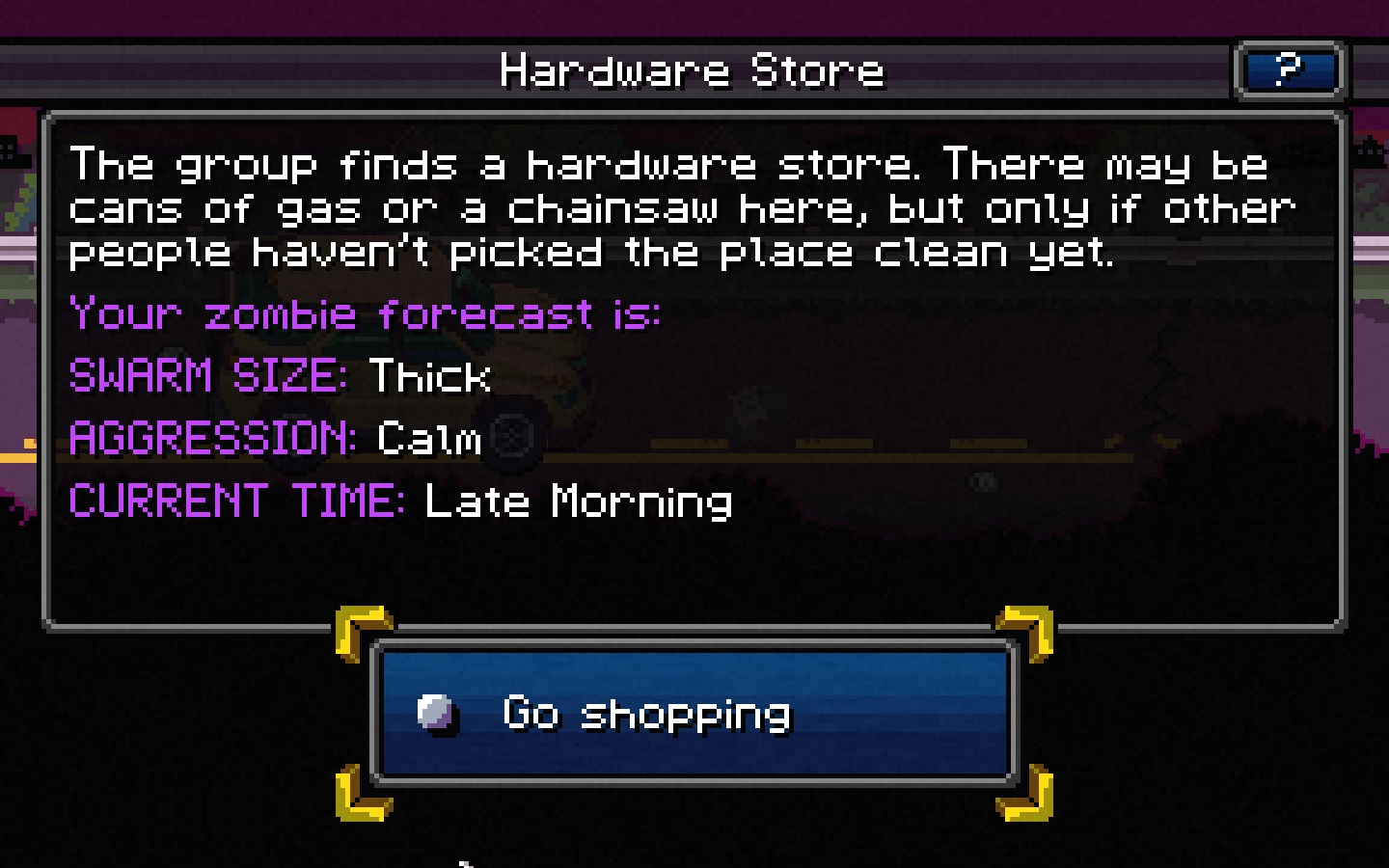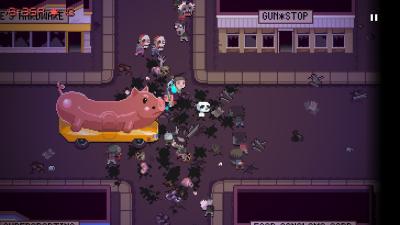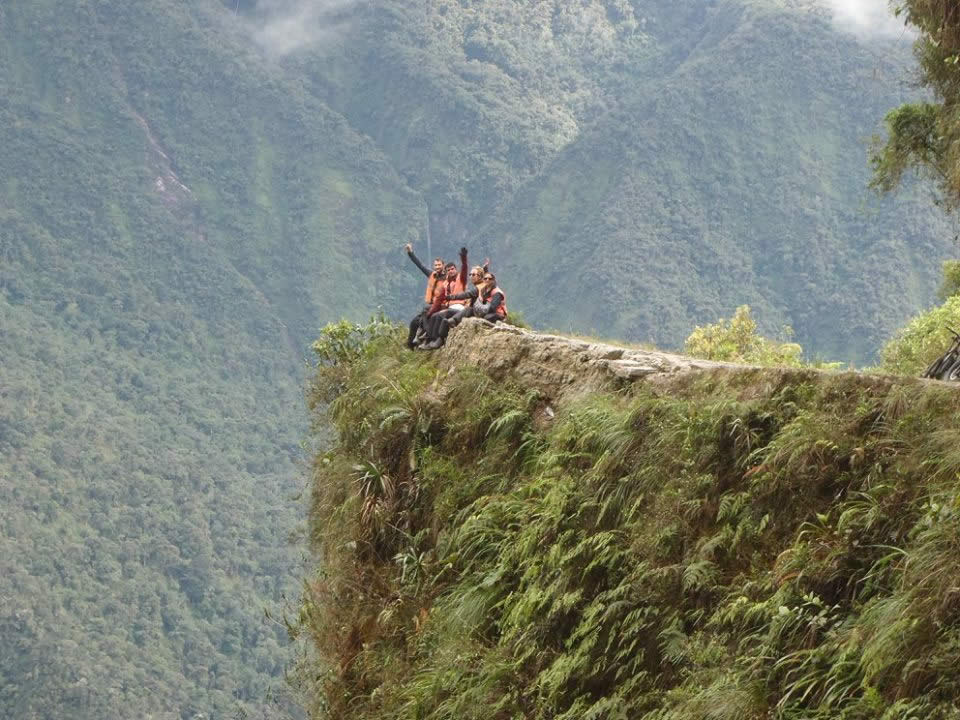
In Balows, Trüper, Dworkin, Harder and Schleifer (Editors), The Prokaryotes. The Proteobacteria: ribosomal RNA cistron similarities and bacterial taxonomy. Variation of environmental features and microbial populations with salt concentrations in a multi-pond saltern. Phylogenetic diversity of phototrophic purple non-sulfur bacteria in the alpha proteobacteria group. Ecophysiology, Isolation, Identification, Applications, 2nd ed., Springer-Verlag, New York. In Balows, Trüper, Dworkin, Harder and Schleifer (Editors), The Prokaryotes: A Handbook on the Biology of Bacteria. The genus Rhodospirillum and related genera. and of Rhodospirillum mediosalinum to Roseospira mediosalina comb. nov, of Rhodospirillum salexigens to Rhodothalassium salexigens comb. nov, of Rhodospirillum sodomense to Rhodovibrio sodomensis comb. nov, of Rhodospirillum salinarum to Rhodovibrio salinarum comb. nov, of Rhodospirillum molischianum to Phaeospirillum molischianum comb. as well as transfer of Rhodospirillum fulvum to Phaeospirillum fulvum comb. Reclassification of species of the spiral-shaped phototrophic purple non-sulfur bacteria of the α-Proteobacteria: description of the new genera Phaeospirillum gen. In Pescheck, Löffelhardt and Schmetteter (Editors), The Phototrophic Prokaryotes, Plenum Publishing Corporation, New York. A phylogenetically oriented taxonomy of anoxygenic phototrophic bacteria. In Mann and Carr (Editors), Biotechnology Handbooks: Photosynthetic Prokaryotes, Vol. Taxonomy, phylogeny, and general ecology of anoxygenic phototrophic bacteria. In Austin (Editor), Methods in Aquatic Bacteriology, John Wiley & Sons Ltd., Chichester. In Shively and Barton (Editors), Variations in Autotrophic Life, Academic Press, London. Note: Tryptose agar (Difco) or Brucella agar (Gibco) are satisfactory alternative basal media.ĭrews, G. After cooling, the horse serum and glucose are added aseptically and plates or slopes poured immediately. The blood agar base is dissolved in the water with the aid of gentle heating and then autoclaved at 121☌ for 15 min. 2 (Oxoid) 40 g distilled water, 1000 ml sterile horse serum (inactivated at 56☌ for 30 min), 50 or 100 ml D-glucose ((25% w/v) solution autoclaved at 105☌ for 20 min), 40 ml. Serum-dextrose agar (SDA): blood agar base No. Note: Any good quality peptone medium such as Tryptose broth (Difco), or Brucella broth (Gibco) maybe used as alternatives to tryptone-soya broth.

After cooling, the sterile horse serum and glucose are added aseptically. The medium is prepared by dissolving the tryptone-soya broth powder in the water and auto-claving at 115☌ for 15 min. Serum-dextrose broth (SDB): tryptone-soya broth (Oxoid), 30 g distilled water, 1000 ml sterile horse serum (inactivated at 56☌ for 30 min), 50 or 100 ml D-glucose (25%, w/v, solution autoclaved at 105☌ for 20 min), 40 ml. The pH of the solution is adjusted with HCl to 2–3.ġ. These components are dissolved in 1 liter of double distilled water. The trace element solution SLA has the following composition: FeCl 2∙4H 2O, 1.8 g CoCl 2♶H 2O, 250 mg NiCl 2∙6H 2O, 10 mg CuCl 2∙5H 2O, 10 mg MnCl 2∙4H 2O, 70 mg ZnCl 2, 100 mg H 3BO 3, 500 mg Na 2MoO 4∙2H 2O,30mg and Na 2SeO 3♵H 2O, 10 mg.

Vitamin solution VA contains in 100 ml of double distilled water: biotin, 10 mg niacin amide, 35 mg thiamine dichloride, 30 mg p-aminobenzoic acid, 20 mg pyridoxal hydrochloride, 10 mg calcium pantothenate, 10 mg and vitamin B 12, 5 mg. Organic carbon sources (routinely 10 mM sodium malate, sodium succinate, sodium pyruvate, or sodium acetate) and, for oxygen-sensitive strains, 0.5 g sodium ascorbate or 0.25 g thioglycolate are added separately.

AT medium contains (g/l): KH 2PO 4, 1.0 MgCl 2♶H 2O, 0.5 CaCl 2♲H 2O, 0.1 NH 4Cl, 1.0 NaHCO 3, 3.0 Na 2SO 4, 0.7 NaCl, 1.0 sulfate-free trace element solution SLA (Imhoff and Trüper, 1977 Imhoff, 1992), 1 ml and vitamin solution VA (Im-hoff and Trüper, 1977 1992), 1 ml.


 0 kommentar(er)
0 kommentar(er)
